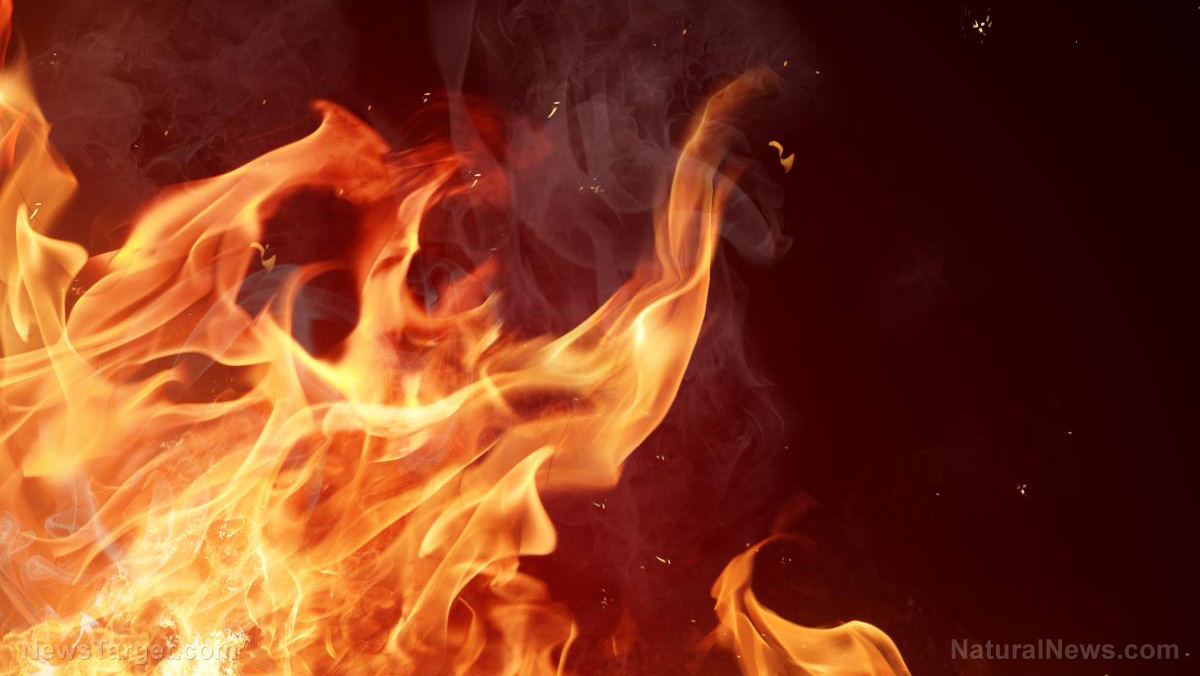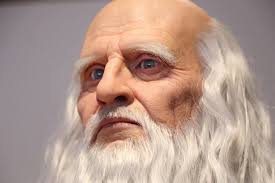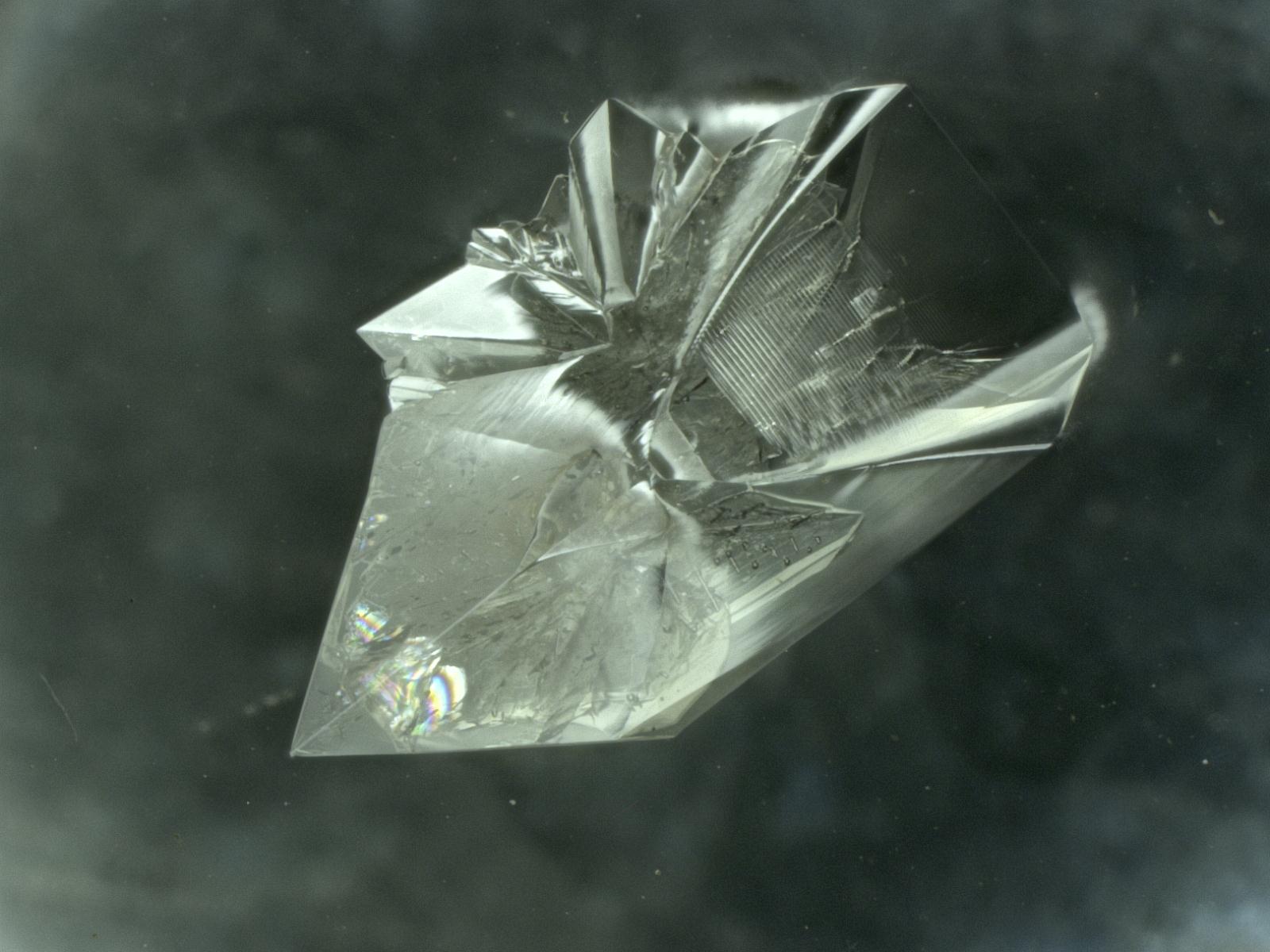
Mostly any material can channel heat. Copper and many other metals can transport heat very efficiently. Other materials block the passage of energy through them.
The Oak Ridge National Laboratory (ORNL) team had been looking into thermal insulators, materials that prevent heat from going through them. They published their findings in the journal Science.
"We saw evidence for what Einstein first proposed in 1911 -- that heat energy hops randomly from atom to atom in thermal insulators," remarked ORNL researcher Lucas Lindsay. "The hopping is in addition to the normal heat flow through the collective vibration of atoms."
Materials that are very efficient at conducting heat will not show visible signs of this random energy transfer. However, thermal insulators that are bad at transmitting heat might display this effect more clearly.
In addition to improving our knowledge of how thermal insulators are able to conduct heat, the ORNL findings could help develop new materials that control heat. Examples include thermoelectric materials that can recover waste heat for reusing and barrier materials that can stop heat from getting through them. (Related: 4 Tips to Reduce Energy Wastage at Home.)
Heat takes much more time to travel through thallium crystal lattice
The ORNL research team utilized sensors that could detect vibrations on an atomic level. They also employed supercomputers to run simulations of the path that heat will take through a crystal made of thallium, a material that is a very good thermal insulator.
To their surprise, the thallium atoms in the simulated crystal structure did not vibrate fast enough to transport a lot of heat, especially when they compared it to their sensor data. This led them to believe that there was another means by which heat was being transferred through the crystal.
The atoms of numerous materials are held together by chemical bonds to form a crystal lattice. Heat travels through this structure via sound waves, which cause the atoms to vibrate.
As they transport heat through the lattice, the sound waves end up colliding with each other. The collisions slow them down, causing delays in the transfer.
The new revelation that heat can take an alternate path through a material will make researchers much more picky about the materials that they use for managing heat. Picking the right heat-conducting or insulating material is expected to save on energy, reduce the emission of air pollution, and cut back on wasted heat.
Proving Einstein's long-standing theory on heat transfer
Lindsay said the thallium-based lattice in their study displayed one of the lowest levels of thermal conductivity they have ever seen in a crystal. Most of the vibration is restricted to lone atoms, which leads to the heat energy taking a random path through the lattice.
"Both the sound waves and the heat-hopping mechanism first theorized by Einstein characterize a two-channel model, and not only in this material, but in several other materials that also demonstrate ultralow conductivity," remarked Lindsay's colleague David Parker, also of the ORNL.
Parker noted that the heat-hopping behavior is currently detectable in thallium and other thermal insulators. However, he believes this channel can also be found in other solids with crystalline structures. If this pathway can be charted out and controlled, future materials could be able to manage heat even better than existing materials.
Learn more about the behaviors of heat and other forms of energy at Discoveries.news.
Sources include:
Please contact us for more information.























